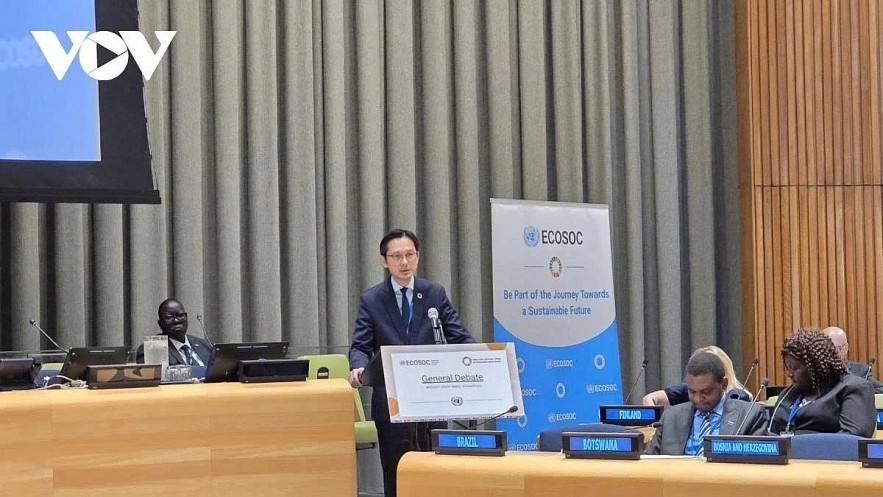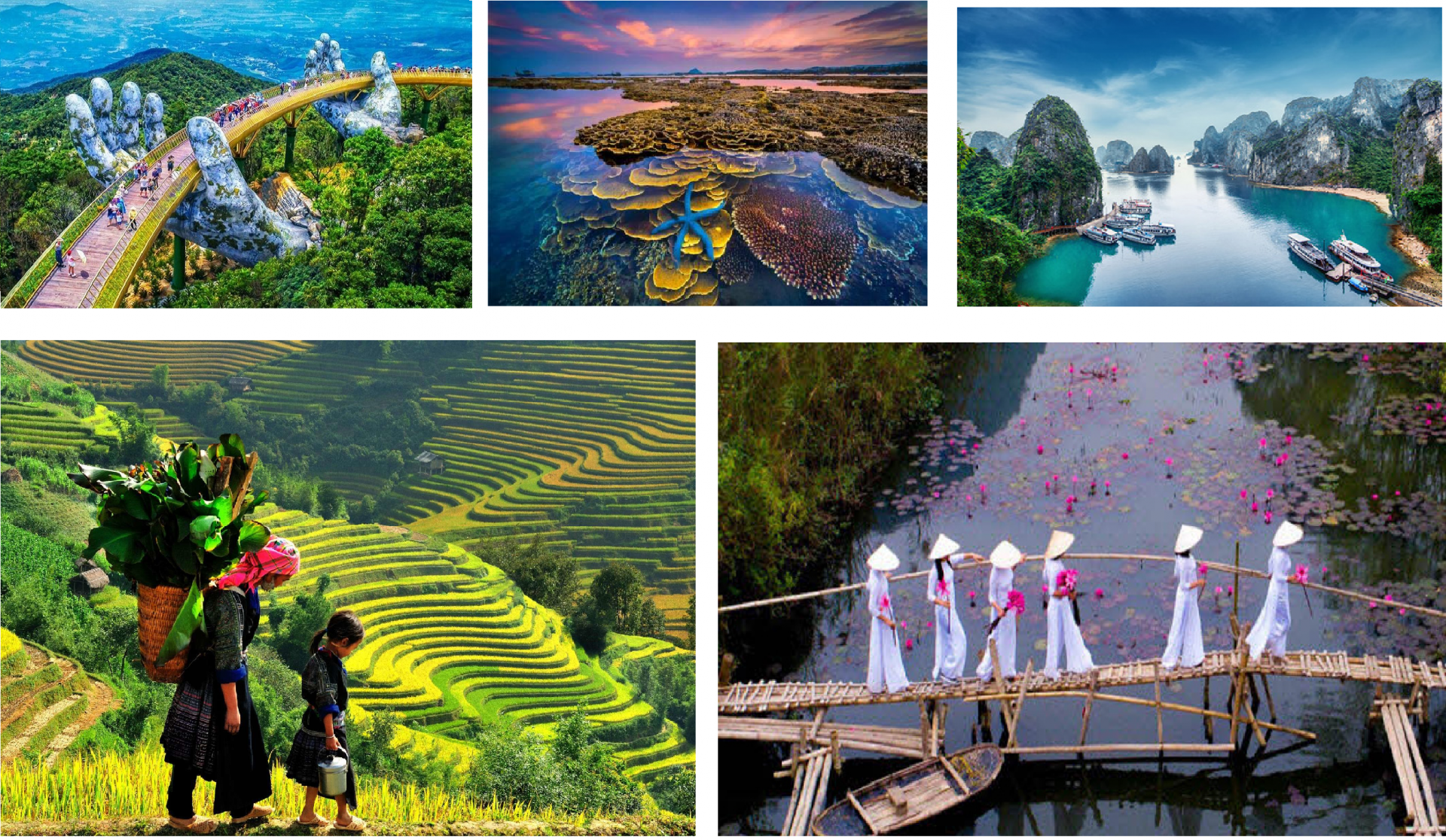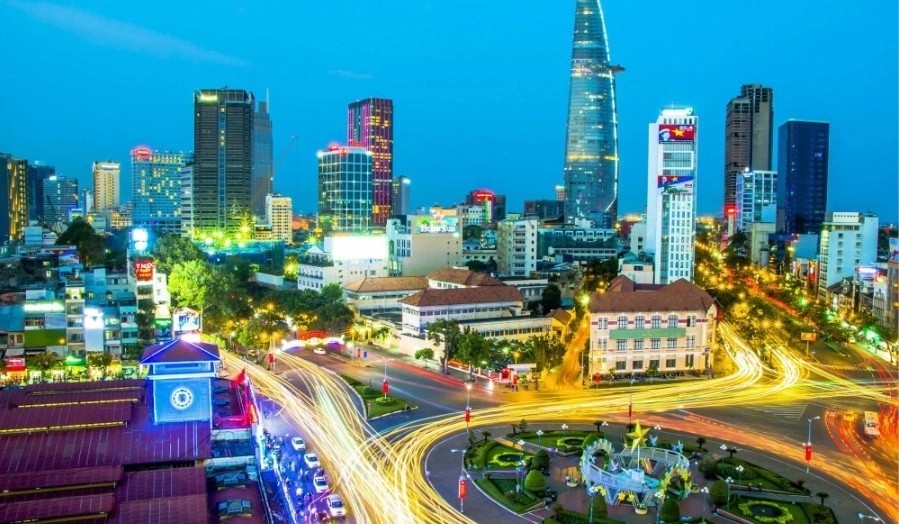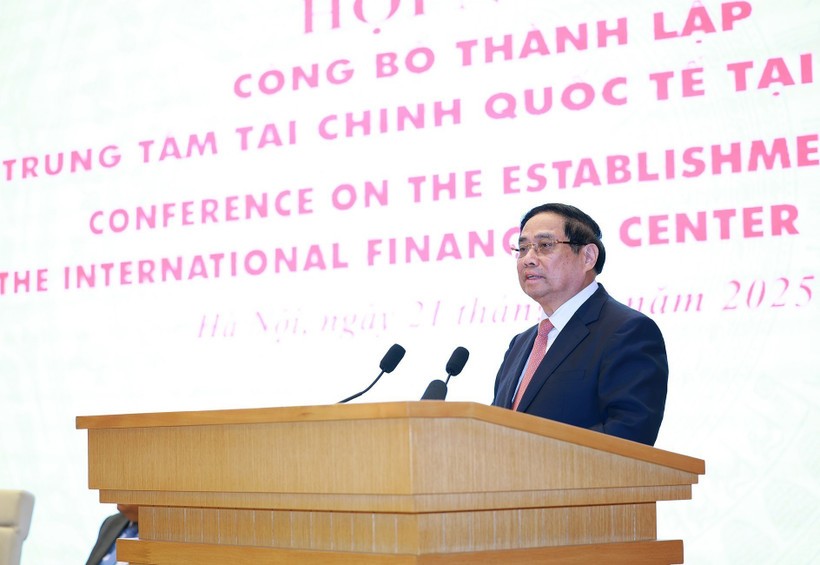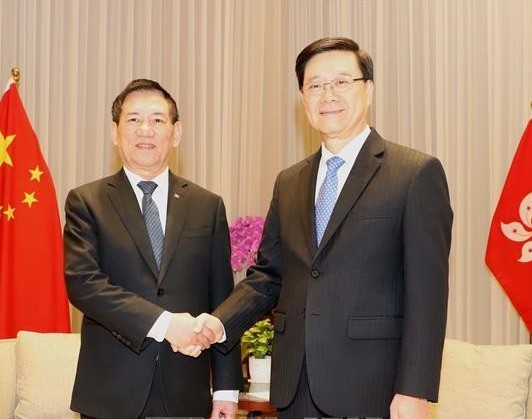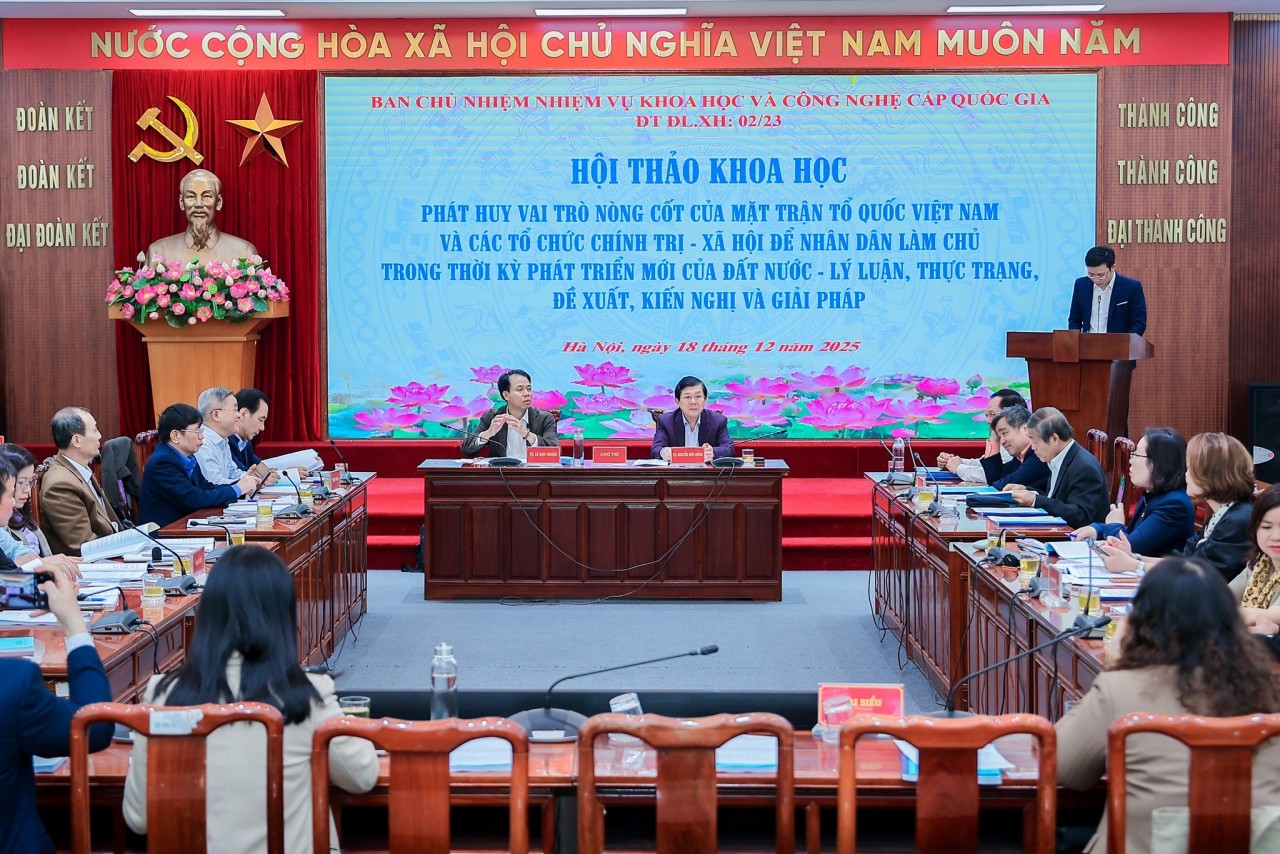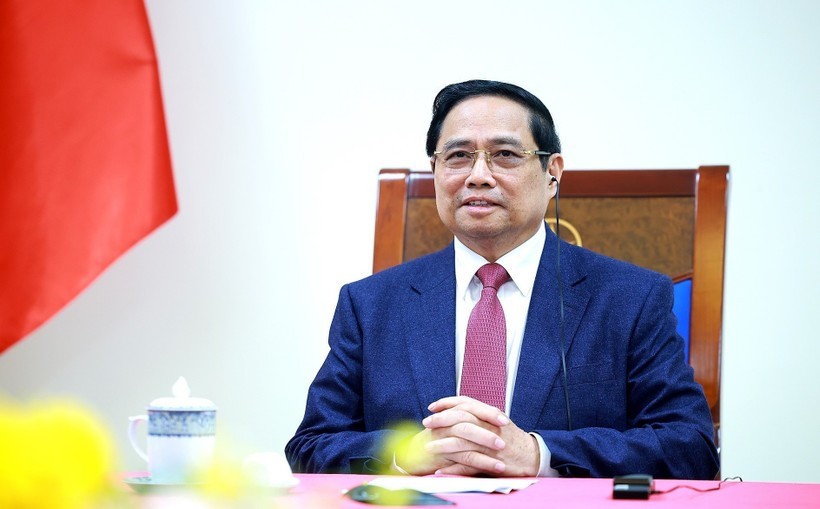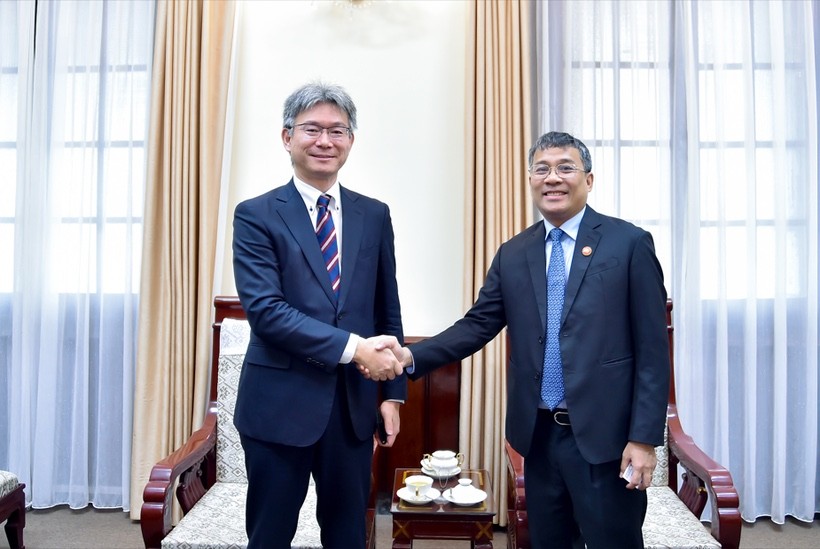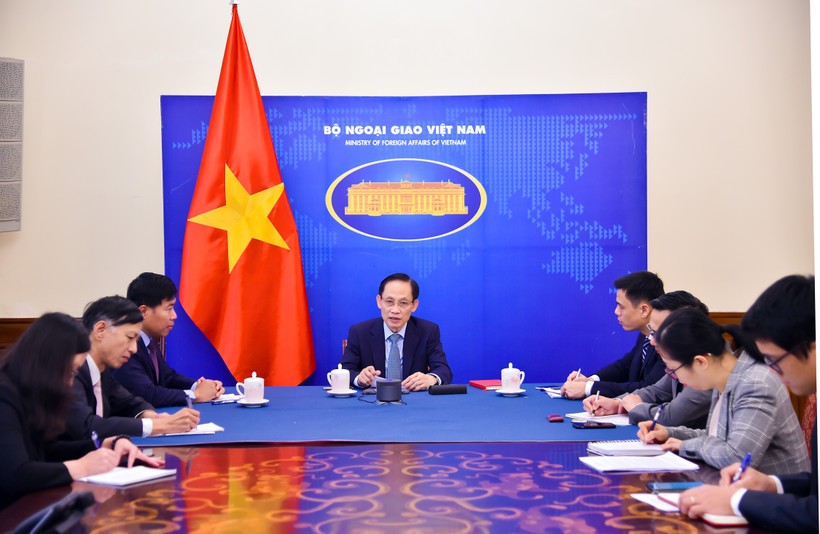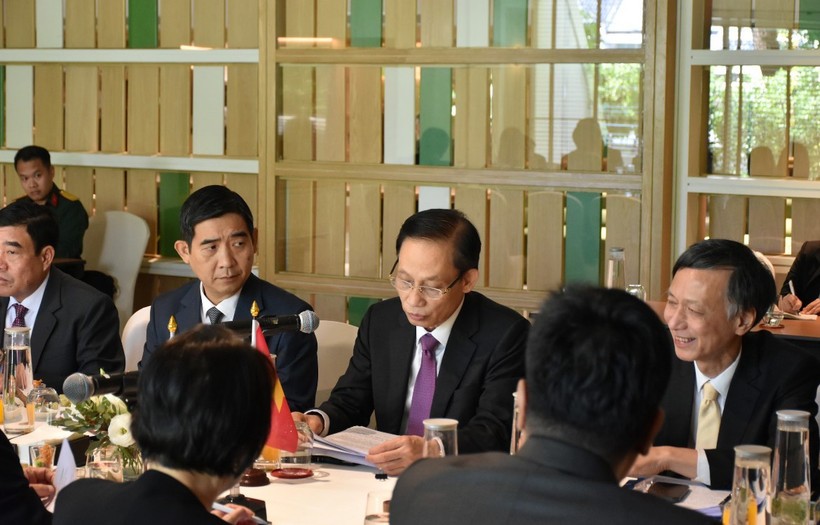Vietnam makes practical contributions to enhancing ASEAN's global standing: Lao diplomat
Lao Ambassador to Vietnam Khamphao Ernthavanh has commended Vietnam’s practical and constructive contributions to the Association of Southeast Asian Nations (ASEAN)’s development and its growing global stature in an interview with the Vietnam News Agency (VNA) on the occasion of the 30th anniversary of Vietnam’s accession to the bloc (July 28, 1995-2025).
The diplomat noted that since Vietnam became an ASEAN member on July 28 1995, Vietnam has affirmed its role as a dynamic, responsible, and increasingly influential member of the group, deeply integrated into regional processes and pivotal in building a united, resilient, and sustainably developed ASEAN Community.
She praised Vietnam’s consistent commitment to ASEAN’s principles and its role as a mediator in resolving complicated regional issues across ASEAN’s three pillars - political-security, economic, and socio-cultural. The ambassador also highlighted Vietnam’s successful hosting of ASEAN Summits, its active role in shaping the ASEAN Community Vision 2025, and its support for broader cooperation mechanisms like Mekong sub-regional initiatives.
According to the ambassador, Vietnam has helped strengthen intra-ASEAN solidarity, narrow development gaps, and elevate the bloc’s international position. The country has proven to be a trusted partner, reliable friend, and strong advocate for peace, stability, and prosperity in the region.
Summing up, Khamphao affirmed that over the past 30 years, Vietnam has consistently been an active and proactive member with an influential and responsible voice in ASEAN, advancing strategic goals and helping the bloc respond to regional and global challenges.
On Vietnam–Laos cooperation within ASEAN, the ambassador noted that the two nations have maintained close coordination and mutual support, especially in regional and international forums. Their collaboration has been particularly evident in joint efforts to uphold ASEAN's centrality and consensus.
She added that the two countries have conducted regular bilateral consultations before ASEAN Summits to exchange views on key regional issues. They have also promoted Mekong sub-regional connectivity and policies targeting sustainable and inclusive development, contributing to balanced growth within ASEAN, according to VNA.
 |
| Lao Ambassador to Vietnam Khamphao Ernthavanh (Photo: VNA) |
Khamphao highlighted that Vietnam and Laos have supported each other during their ASEAN Chairmanship terms, ensuring the success of major ASEAN meetings. Their partnership has continued to advance ASEAN’s shared values of solidarity, strength, shared responsibility, and a unified voice on global affairs, she said.
The Lao ambassador expressed her confidence that with the great friendship, special solidarity and comprehensive cooperation between the two countries as a foundation, Vietnam and Laos will continue to accompany and actively contribute to ASEAN’s progress, turning it into an organisation playing a central role in ensuring peace, stability, and development in the region.
As ASEAN prepares for a new development phase under the ASEAN Community Vision 2045, Khamphao described 2025 as a historic turning point, marking the end of the current plans to build the ASEAN Community and the beginning of a new strategic era.
In this context, Vietnam holds a strategic and leadership role, she said, highlighting Vietnam’s active participation in shaping the ASEAN Community Vision 2045, aiming for a peaceful, stable, resilient, innovative, and sustainable ASEAN Community.
Vietnam, she noted, serves as a bridge among member states, reinforcing unity and consensus across ASEAN’s political-security, economic, and socio-cultural pillars. It has championed regional connectivity, institutional capacity building, and development gap reduction, ensuring no member is left behind.
Moreover, Vietnam has been a leading force in strengthening ASEAN’s external relations and enhancing the bloc’s central role in the regional architecture.
Khamphao concluded by expressing her confidence that Vietnam will continue to be a proactive and responsible contributor, working with fellow members to realise ASEAN’s development goals and the aspirations of its people.
Tropical depression forms in East Sea, likely to strengthen into storm
A tropical depression has formed near the East Sea and is forecast to strengthen into a storm in the coming 24 hours, the National Center for Hydro-Meteorological Forecasting said on July 23.
At 10:00a.m. on July 23, the tropical depression was located over the northwestern waters off Luzon Island of the Philippines, packing maximum sustained winds of between 39–49 kmh. It was moving west-southwest at approximately 15 kmh.
At around 10:00a.m. on July 24, the tropical depression is anticipated to strengthen into a tropical storm and move south-southwest with winds gusting to 102kph near its center.
Over the next 48 to 72 hours, the storm is expected to continue moving northeast at 20–25 kmh and gradually weaken back into a tropical depression, VOV reported.
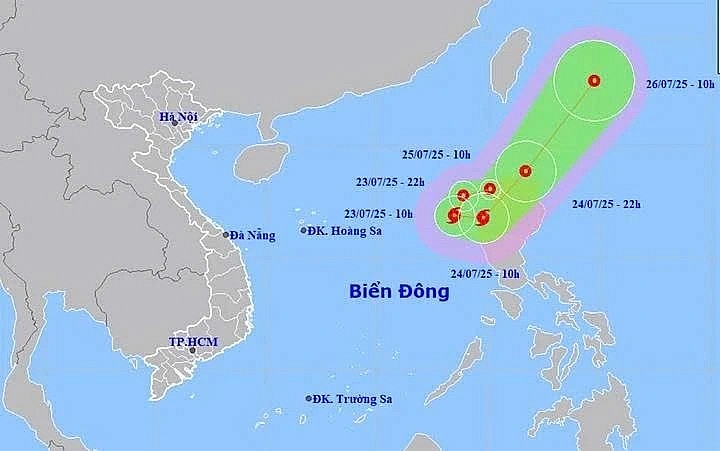 |
| A new storm is likely to form in the East Sea on July 24. |
Due to the tropical system, the eastern part of the northern East Sea will experience strong winds and rough seas, with wave heights of 2-3.5m.
In a dispatch dated July 23, the Minister of Agriculture and Environment requested that the administrations of coastal provinces and cities from Quang Ninh to Dak Lak, as well as ministries in charge of national defense, public security, construction, industry and trade, foreign affairs, and science and technology, take proactive measures in response to the tropical depression in the East Sea.
The designated agencies and localities were required to closely monitor warnings, forecasts, and developments of the tropical depression; notify owners of vessels operating at sea of the system’s position, movement, and potential risks so they can actively avoid danger areas or evacuate if necessary.
In addition, relevant agencies were instructed to prepare rescue forces and equipment to be ready for deployment in case of emergency search and rescue operations.
In another development, typhoon Wipha travelled past Vietnam into Laos and dissipated after slamming into the northern and north-central coastal localities from Hai Phong city to Nghe An province on July 22.
According to the Department of Dike Management and Natural Disaster Prevention and Control under the Ministry of Agriculture and Environment, Wipha has caused significant damage, leaving 1 person missing and 1 injured, both in Nghe An province.
More than 400 houses have been damage or lost their roofs; 120,000ha of rice fields have been flooded; and nine livestock animals and nearly 3,300 poultry have been dead or swept away.
Though Wipha was downgraded, it would continue to cause heavy rain across northern and north-central regions on July 24-25. Meteorologists warned that there is a high risk of flash floods on rivers and streams, landslides on steep terrain, and urban flooding in low-lying and riverside areas.
Vietnam, Turkey sign defense cooperation agreement
Vietnam is ready to facilitate the early establishment of Turkey’s defense attaché office in Vietnam, said Deputy Minister of National Defense Sen. Lt. Gen. Hoang Xuan Chien during a meeting with Turkish Minister of National Defense Yasar Guler on July 22, as part of his working visit to the country.
At the meeting, Chien welcomed Turkish defense enterprises and industry units to showcase their products at the Vietnam International Defense Expo, scheduled for late 2026.
On this occasion, he handed over a letter from Vietnamese Minister of National Defense Gen. Phan Van Giang inviting Minister Guler to pay an official visit to Vietnam in the near future.
The deputy minister noted that the two countries’ decisions to appoint resident defense attachés would deepen and substantiate their bilateral defense ties.
He affirmed that the Vietnamese Government and Ministry of National Defense always support international defense industry cooperation based on equality, mutual benefit, respect for Vietnamese law, and international commitments, cited VNA.
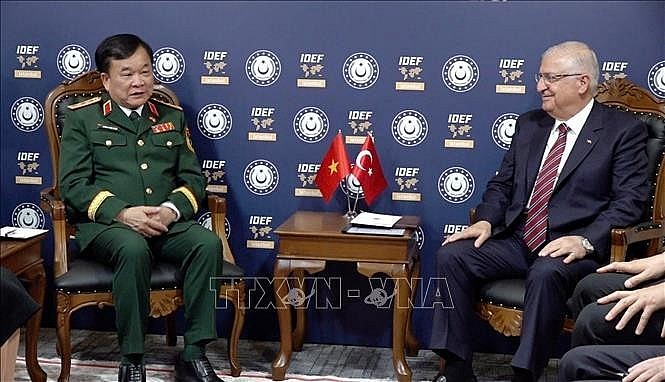 |
| Visiting Deputy Minister of National Defense Sen. Lt. Gen. Hoang Xuan Chien (L) and Turkish Minister of National Defense Yasar Guler during their meeting on July 22. |
He proposed that both sides enhance cooperation in delegation exchanges, personnel training, post-war bomb and mine clearance, defense industry, UN peacekeeping operations, cyber security, and addressing non-traditional security challenges.
For his part, Minister Guler expressed Turkey’s desire to advance bilateral defense cooperation and its readiness to promote exchanges at all levels, human resources training, and collaboration in defense industry, naval, and ground forces.
Regarding the defense industry, he stressed Turkey’s willingness to work with Vietnam in areas aligned with both sides’ needs and capacities.
On the same day, Deputy Minister Chien and his Turkish counterpart Musa Heybet signed a memorandum of understanding on defense cooperation between the two ministries.
The agreement establishes a framework for enhanced bilateral defense collaboration, including delegation exchanges, strategic dialogue, training, defense industry development, UN peacekeeping, and other areas as mutually agreed.
Vietnam's economy to remain resilient in 2025, says ADB
Despite lowering its regional outlook, the Asian Development Bank (ADB) maintains a positive forecast for Vietnam, projecting GDP growth of 6.3% in 2025 due to robust exports and increasing foreign investment.
In its July 2025 edition of the Asian Development Outlook (ADO), released on July 23, ADB revised downward its economic growth projections for developing economies in the Asia-Pacific. The adjustment was driven primarily by expected declines in exports amid rising U.S. tariffs, global trade instability, and weakening domestic demand.
Vietnam’s GDP projected to grow 6.3%
Despite global headwinds, ADB experts believe Vietnam’s economy will remain resilient in both 2025 and 2026, though short-term growth may be tempered by tariff pressures. Strong import-export performance and a sharp rise in foreign direct investment (FDI) disbursement have bolstered Vietnam’s economy in the first half of 2025.
FDI pledges surged by 32.6%, and disbursements rose by 8.1% year-on-year, signaling strong international confidence in Vietnam’s economic prospects.
Public investment disbursement reached its highest level since 2018, at 31.7% of the annual plan and up 19.8% compared to the same period last year. The push for exports in response to tariff uncertainty helped accelerate trade growth - though this momentum is unlikely to persist through year-end.
A new U.S. trade agreement, announced in early July 2025, introduced significantly higher import tariffs on Vietnamese goods. This is expected to dampen export demand for the remainder of 2025 and into 2026. The Purchasing Managers' Index (PMI) indicates that industrial production has slowed since late 2024.
Despite the growing risks from trade policy volatility, ADB suggests that timely and effective domestic reforms could offset external pressures. Vietnam’s GDP growth is projected at 6.3% in 2025 and 6.0% in 2026. Inflation is forecasted to fall to 3.9% in 2025 and 3.8% in 2026.
Asia-Pacific growth projections trimmed
In the same report, ADB downgraded its regional growth forecast for developing Asia and the Pacific to 4.7% for 2025, down 0.2 percentage points from April’s forecast. The 2026 forecast was also lowered to 4.6%.
Ongoing trade tensions and higher tariffs from the U.S. are likely to continue impacting the region. Other risks include geopolitical conflicts, supply chain disruptions, energy price volatility, and a weaker-than-expected Chinese real estate market.
Albert Park, ADB’s Chief Economist, noted: “Asia and the Pacific have shown resilience in a challenging global environment this year. However, economic prospects are weakening amid rising risks and uncertainty. Economies in the region must strengthen their foundations and foster regional trade integration to support investment, employment, and growth.”
China’s growth forecast remains unchanged at 4.7% for 2025 and 4.3% for 2026, with stimulus policies expected to counterbalance declines in real estate and exports, VNN reported.
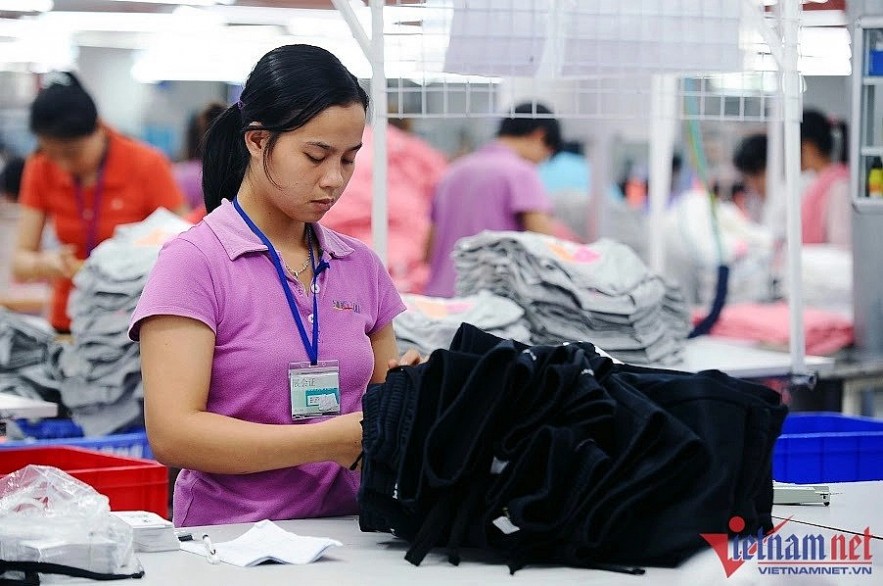 |
| Photo: VNN |
India, the region’s second-largest economy, is projected to grow 6.5% in 2025 and 6.7% in 2026 - both figures slightly down due to U.S. tariffs affecting exports and investment.
Mixed regional outlook
Southeast Asian economies are expected to feel the brunt of worsening trade conditions and instability. ADB forecasts 4.2% growth in 2025 and 4.3% in 2026 for the subregion - both down 0.5 percentage points from April’s forecast.
In contrast, the Caucasus and Central Asia show stronger performance, with upgraded growth forecasts of 5.5% in 2025 and 5.1% in 2026, fueled by higher oil output.
ADB also expects inflation in developing Asia and the Pacific to ease further, thanks to declining oil prices and higher agricultural yields. Inflation is projected at 2.0% in 2025 and 2.1% in 2026, down from April’s estimates of 2.3% and 2.2%, respectively.
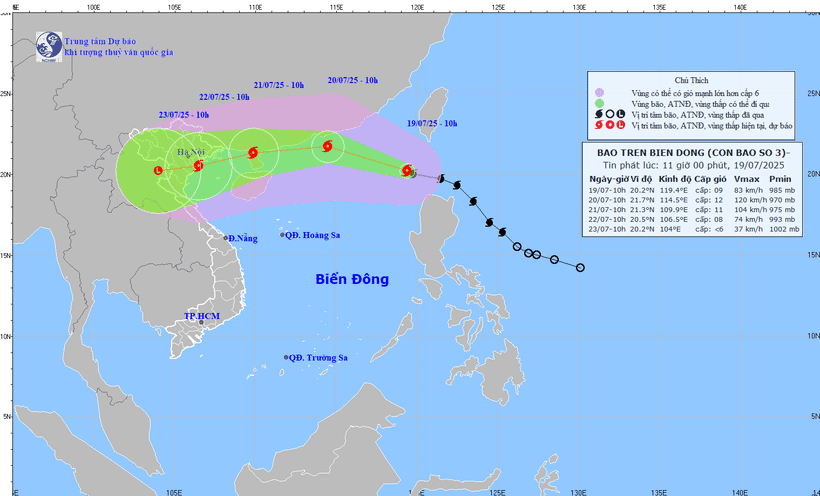 | Vietnam News Today (Jul. 20): Deputy FM calls for greater contributions from young overseas Vietnamese intellectuals; Digital transformation unlocks new markets for Vietnamese businesses; Vietnam ... |
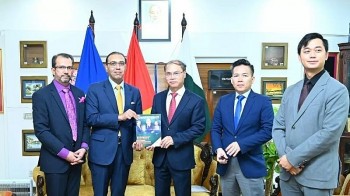 | Vietnam News Today (Jul. 21): US promotes agricultural products to Vietnamese consumers; OCOP products help boost tourism brand in Hoi An; Tropical storm Wipha barrels ... |

